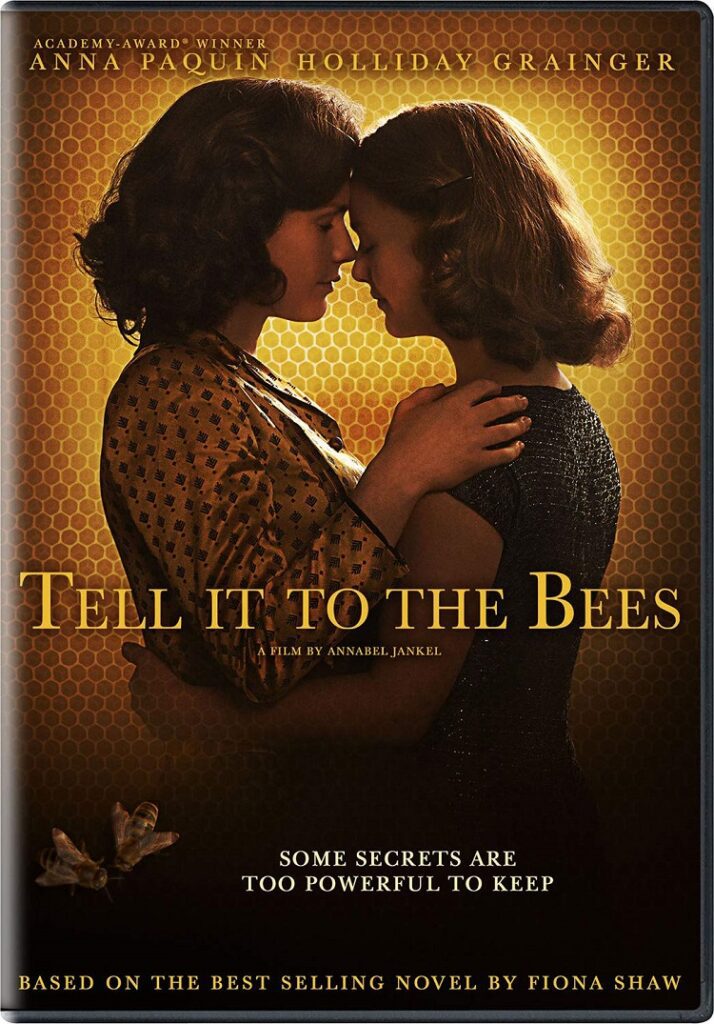
Tell It to the Bees may be about a romance between two women who defy the conservative community they reside in. However, this is far from another Disobedience. But rather than compare the two films since they’re completely unrelated, it’s best to delve into how Tell It to the Bees manages to be a noteworthy depiction of lesbian love. Even if it doesn’t make much buzz, it still never stings.
Where the film falters, though, is how it’s unclear who has the chief vantage point. The love between both Dr. Jean Markham (Anna Paquin) and Lydia (Holliday Grainger) may be central but initially, it feels like Lydia’s son Charlie (Gregor Selkirk) has the main focus. The film opens with adult Charlie (Billy Boyd) narrating about a summer from his childhood. Also, we see the relationship between Lydia and Jean through Charlie’s eyes at first.
To be fair, Charlie is the person that inadvertently brings the two women together. After a visit to Jean’s office, Jean introduces Charlie to her bee colony and bonds with him. Then, Lydia meets her and moves into her house after both she and Charlie get evicted from their place. Eventually, both women engage in a romance which shapes their lives and challenges their fellow townsfolk.
In addition, the bees that Charlie communicates with are meant to be a reflection of the hidden relationship between Lydia and his mother. The reason behind the majestic quality they apparently possess remains unclear. However, the attempt at using a bee colony as a symbol is an interesting angle.
As for the two lead actresses, they do have believable chemistry. Anna Paquin gives her best film performance since The Piano as the rather guarded Dr. Jean Markham. Meanwhile, Holliday Grainger does masterful work as Lydia. Even with just her eyes, Grainger lets us see how Lydia feels the weight of the entire world on her shoulders.
There’s also some terrific use of cinematography by Bartosz Nalazek. Particularly, the sequence where Lydia and Jean recognize their feelings for one another. The camera focuses on Lydia’s neck as a bee lands on it. But Jean kisses her neck so that the bee goes away. After that slight kiss is when Lydia has her sudden awakening. Plus, the emphasis on the female gaze becomes more constant after that pivotal moment.
As previously mentioned, the film’s unclarity over its chief gaze nearly becomes a hindrance. Also, the particular significance of the titular insects feels too ambiguous. However, Tell It to the Bees still thrives thanks to its central performances from Anna Paquin and Holliday Grainger. Pardon the pun but both actresses are what give Tell It to the Bees its wings.